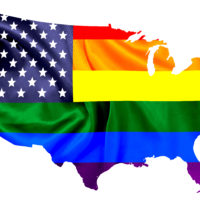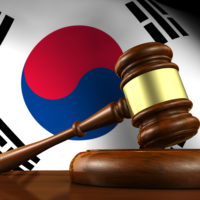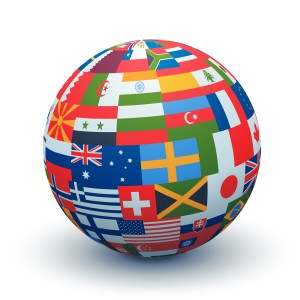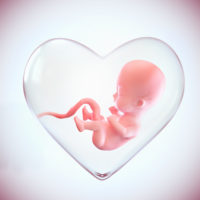The Challenges of the Pandemic for Queer Youth – Issues include limited access to community support and counseling and, in some cases, quarantining with unsupportive family members.
The pandemic has affected queer youth in many ways. When Brittany Brockenbrough’s transgender son lost his in-school counseling and the ability to have meet-ups with other L.G.B.T.Q. youth during the pandemic, his mental health suffered.
“He began to feel depressed and was withdrawn,” said Ms. Brockenbrough, a mother of two in Virginia. She was later able to get her son teletherapy and in-home support from a local mental health agency and to find ways for him to stay in touch with others in his community through such activities as weekly Zoom meetings and online game nights.
“He is doing much better now that he is back in treatment and staying connected to the community,” she said. “Social distancing and taking precautions is necessary, but for the L.G.B.T.Q.+ community, even those who have supportive parents, losing the ability to have that in-person social support with other L.G.B.T.Q.+ youth can have a significant impact.”
As young people continue to adjust to the pandemic, some are dealing with increased anxiety and stress. For those who are lesbian, gay, bisexual, transgender, queer or questioning, there may be additional challenges and risks resulting from limited access to community support, lack of in-school counseling and, in some cases, the difficult circumstances of quarantining with unsupportive family members.
“My parents do not accept that I am gay,” an 18-year-old from Yonkers, N.Y. who did not want his name published, said. “My support system was mostly at school, and now I am quarantining with family members who don’t accept who I really am.”
The young man, whose virtual high school graduation was last week, said his parents reacted with “anger” and “disgust” when they found out he was gay, and that being home with them during the Covid-19 shutdown has been very uncomfortable. “It is humiliating to have to rely on people who do not respect you,” he said.
L.G.B.T.Q. youth are already a vulnerable population and at higher risk for anxiety, depression, homelessness and self harm than their non-L.G.B.T.Q. peers. A 2018 study in JAMA Pediatrics by researchers at Harvard University and the Fenway Institute found that transgender youth were at a greater risk for attempted suicide, depression and anxiety, and that gender-affirming mental health services are greatly needed to address these concerns.
Sarah Gundle, a clinical psychologist in New York City, said that while online supports are available during this crisis and can provide help, for many they cannot replace in-person treatment and interaction with a community that accepts and validates your identity.
“L.G.B.T.Q.+ youth who have to be at home for extended periods of time and live with unsupportive family members — or their family environment makes it unsafe for them to be out at home — can experience a profound sense of isolation,” Dr. Gundle said. “A pandemic brings significant uncertainty — there is no definitive end — and it can feel as if there is no escape. Many L.G.B.T.Q.+ youth also have to worry about their safety and the repercussions if their family members find out.”
When college campuses closed in March because of the pandemic, having to return home to an unsupportive space was not a safe option for some students.
Danushi Fernando, the director of L.G.B.T.Q. and Gender Resources at Vassar College in Poughkeepsie, N.Y., said that approximately 225 students — following state guidelines — remained on campus through the spring semester for various reasons, some because they did not feel safe sheltering with their families. Vassar also provided support for students through virtual gatherings, support groups and counseling.
NYTimes.com, June 29, 2020 – by Misha Valencia
To read the entire article, click here.
The post The Challenges of the Pandemic for Queer Youth appeared first on Time For Families.
Source: Time for Families








